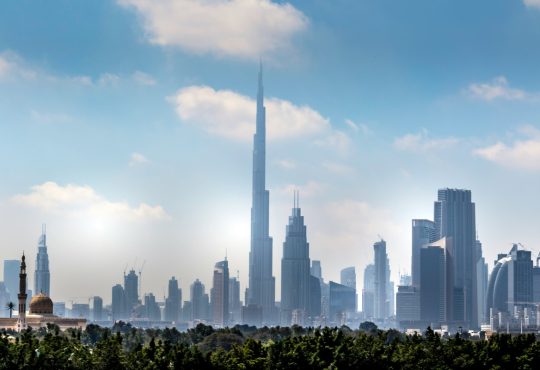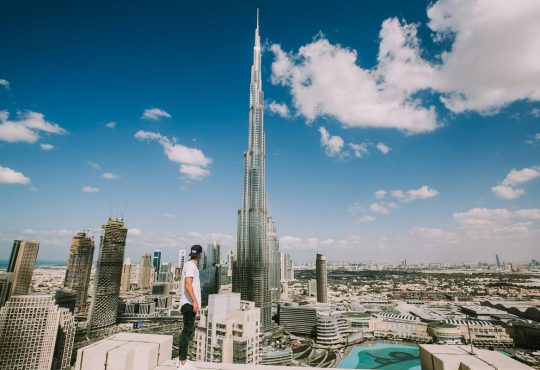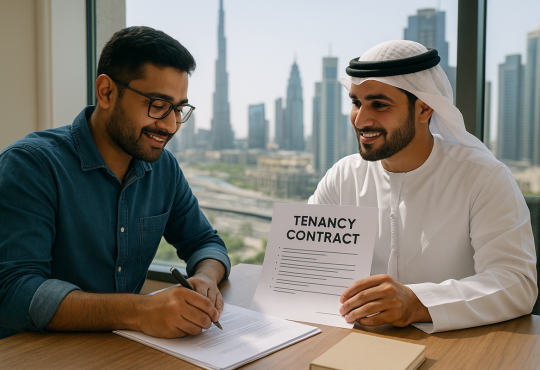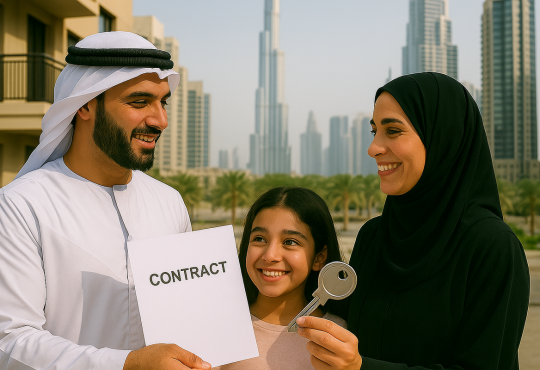
How Dubai’s Skyline Transformed from Desert to Dazzle
Dubai is a city that has witnessed a remarkable transformation in its skyline over the past few decades. From a humble fishing village to a global metropolis, Dubai has become synonymous with innovation, ambition, and luxury.
In this blog post, we will explore how Dubai’s skyline evolved from the past to the present, and what it might look like in the future. We will also look at some of the iconic landmarks that define Dubai’s cityscape and the challenges and opportunities that lie ahead. So join us as we take a tour of Dubai’s skyline: past, present, and future.
The Past: A Desert Oasis
Dubai’s history dates back to the 18th century when it was a small settlement on the banks of Dubai Creek. The creek was a natural harbor that facilitated trade and fishing activities. The main source of income for the locals was pearl diving, which was a lucrative but risky business. Dubai was also a strategic location for regional and international trade routes, connecting Asia, Africa, and Europe.

Dubai’s skyline in the past was dominated by low-rise buildings made of coral, gypsum, and palm fronds. The architecture reflected the local culture and climate, with wind towers, courtyards, and narrow alleys. Some of the oldest buildings in Dubai are still standing today, such as the Al Fahidi Fort, which houses the Dubai Museum, and the Al Bastakiya Quarter, which showcases the traditional Emirati lifestyle.
The Present: A Modern Marvel
Dubai’s skyline changed dramatically in the second half of the 20th century, especially after the discovery of oil in 1966. The oil revenues enabled Dubai to invest in infrastructure, education, health care, and tourism. Dubai also diversified its economy and became a hub for trade, finance, technology, and entertainment. Dubai’s vision was to become a world-class city that attracts visitors and investors from all over the world.

Dubai’s skyline in the present is a testament to its vision and ambition. It features some of the most impressive and innovative buildings in the world, such as:
- The Burj Khalifa: This is the tallest building in the world, standing at 828 meters high. It has 163 floors that include residences, offices, hotels, restaurants, observation decks, and a spire. It also has a unique design that resembles a desert flower and incorporates Islamic motifs.
- The Palm Jumeirah: This is an artificial island that resembles a palm tree. It has 16 fronds that host luxury villas and hotels, such as the Atlantis The Palm. It also has a crescent-shaped breakwater that protects the island from waves and hosts more hotels and resorts.
- The Dubai Mall: This is the largest mall in the world by total area, covering 1.1 million square meters. It has over 1,200 shops, 200 food outlets, 22 cinema screens, an aquarium, an ice rink, a waterfall, and a fountain. It also connects to the Burj Khalifa and hosts various events and attractions throughout the year.
The Future: A Smart City

Dubai’s skyline is not done evolving yet. Dubai has plans to become a smart city that leverages technology to enhance its sustainability, efficiency, and livability. Dubai aims to become a global leader in innovation and digital transformation by 2030. Some of the projects that are underway or planned for the future are:
- The Museum of the Future: This is a futuristic museum (now open) that showcases cutting-edge technologies and inventions that will shape the future of humanity. It also serves as a platform for research and development in various fields such as artificial intelligence, biotechnology, robotics, and renewable energy.
- The Dubai Creek Tower: This is a proposed tower that will surpass the Burj Khalifa in height. It will have an observation deck that will offer panoramic views of Dubai and beyond. It will also have a rotating beacon of light that will illuminate the sky at night.
- The Hyperloop: This is a proposed transportation system that will use pods that travel through tubes at speeds of up to 1,200 km/h. It will connect Dubai with other cities in the UAE and beyond, such as Abu Dhabi and Riyadh. It will reduce travel time and carbon emissions significantly.
Dubai is a city that has evolved from a desert oasis to a modern marvel to a smart city.
Its skyline reflects its history, culture, vision, and ambition. It also showcases its diversity, creativity, and resilience. Dubai’s skyline is not only a sight to behold but also a source of inspiration for many.
Subscribe to our newsletter to stay up to date about the A to Zs of Dubai!



